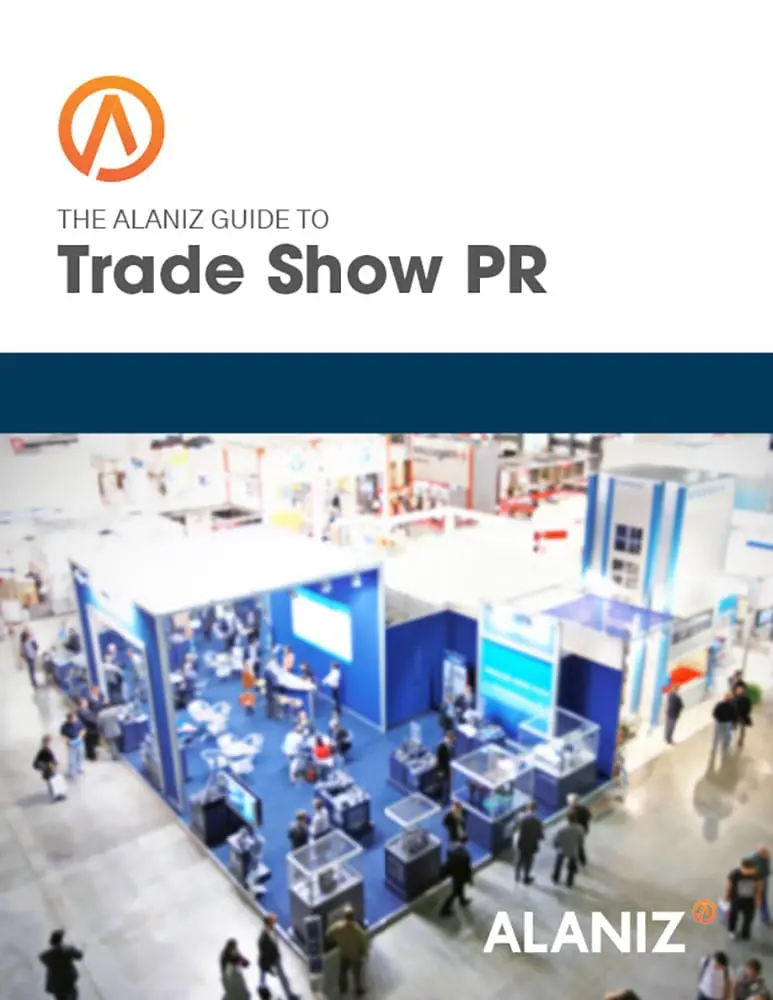On January 9, 2018, nearly 200,000 people will arrive in Las Vegas to shop for and to promote the hottest new consumer electronics products at CES. That includes more than 7,000 members of the media.
CES 2017 received 59,969 media mentions and more than 69 billion impressions in January alone. That’s on top of generating 1 million mentions and 4.3 million video views on Twitter, 133 million Snapchat live views, and 39,000 Instagram posts.
You can be sure that in addition to hustling for customers, every product and company on the show floor will be hustling for media attention. The world’s biggest brands have writers beating down their door for the latest news, but how do smaller or newer companies get coverage with 200,000 people vying for the attention of 7,000 journalists?
Do Your Homework
The answer, according to Roxanne Alaniz of Alaniz Marketing in the San Francisco Bay Area, is to do your homework.
She should know. Alaniz has helped mid-sized companies fill press conferences, get hundreds of press mentions, and get featured on cover stories about CES.
“Today’s media is very fragmented, and journalists cover very specific beats,” she said. “You don’t want to waste their time or yours with pitches at are irrelevant.”
That means using tools like media database platforms to find the writers that cover your technology niche. “The reality is that reporters are highly motivated to keep up with new products, so they want to hear about the products that will be of interest to their readers,” Alaniz said. “They’re also very busy, so it’s critical to make it clear how your pitch is relevant not just to them but to their readers.”
The art of the pitch is a challenging one. Mike Butcher of TechCrunch reports getting some 500 emails per day, and he only takes a few seconds to decide whether to read the entire email. It’s critical that the pitch be about news, not self-promotion of the company. Most pitches “are usually pretty rambling and designed to please the client (read: stroke their ego) rather than assist the journalist to get s*&t done, and fast,” Butcher said.
“We get results because we reach the right journalist with the right message–the news that is relevant to the writer’s audience,” Alaniz said.
Genius, Thomas Edison said, is one percent inspiration and 99 percent perspiration. Pre-show research, according to Alaniz, is the perspiration of successful PR. “We do tons of research to make sure we’ve got the right story for the right writer and publication,” she said. “As a result, we have built great relationships with writers over the years because we have given them real news that they can use.”
Timing is (almost) Everything
It’s also important to time your outreach. When to pitch a publication with CES news depends on the nature of the publication and its lead times. Monthly print publications are doing their CES roundups long before the show, while some online news outlets prowl the show floor with cameras and lights for live or same-day coverage.
“Most writers we work with make their show schedules at least a few weeks before the show, so it’s important to let them know about your news early,” Alaniz said. The best way to do that is through personalized, conversational emails (the preferred communication channel of most tech journalists). “When you reach out to journalists you can query them about their interest in your story as well as what kind of stories they’re looking for–it’s an opportunity to show them that you’ve read their work and don’t want to waste their time,” she said.
Provide Options
Give writers options in your pitches, Alaniz said. You can offer an interview with someone in the company before the show, an advance “embargoed” press release so that they can prepare their story before the show starts, or a meeting at the show at the venue of the writer’s choice. “Journalists appreciate options that recognize the different ways they might be covering the event,” Alaniz said.
It’s also important to keep in mind that not all media opportunities are created equal. You can win the confidence of your executive team when you rank opportunities and use the appropriate internal spokesperson for the amount of influence the publication offers. “Not every opportunity is CEO-worthy,” Alaniz said. You don’t want to get your CEO talking to bloggers with small followings, for example, but these interviews can be a great chance for up-and-coming execs to get some media experience.
Follow Up, Follow Up, Follow Up
Hope you get the message here. It is absolutely critical to follow up with journalists that show interest in your story, that ask for embargoed press releases, and that conduct interviews before, during and after the event. “These people are extremely busy,” Alaniz said. “They do not spend their time thinking about PR people. Most appreciate polite reminders that can help them stay on schedule.”
Success is Possible
While it may look impossible for a smaller company or a new company to get attention at CES, it is quite possible with the right approach. The 99 percent perspiration rule applies, however. Success depends much more on what you do or don’t do in the weeks and months leading up to the show than it does on what happens during the show itself. Start early, do your homework, get your timing right, provide the right options and politely follow up, and you can be the front page news of your industry.




